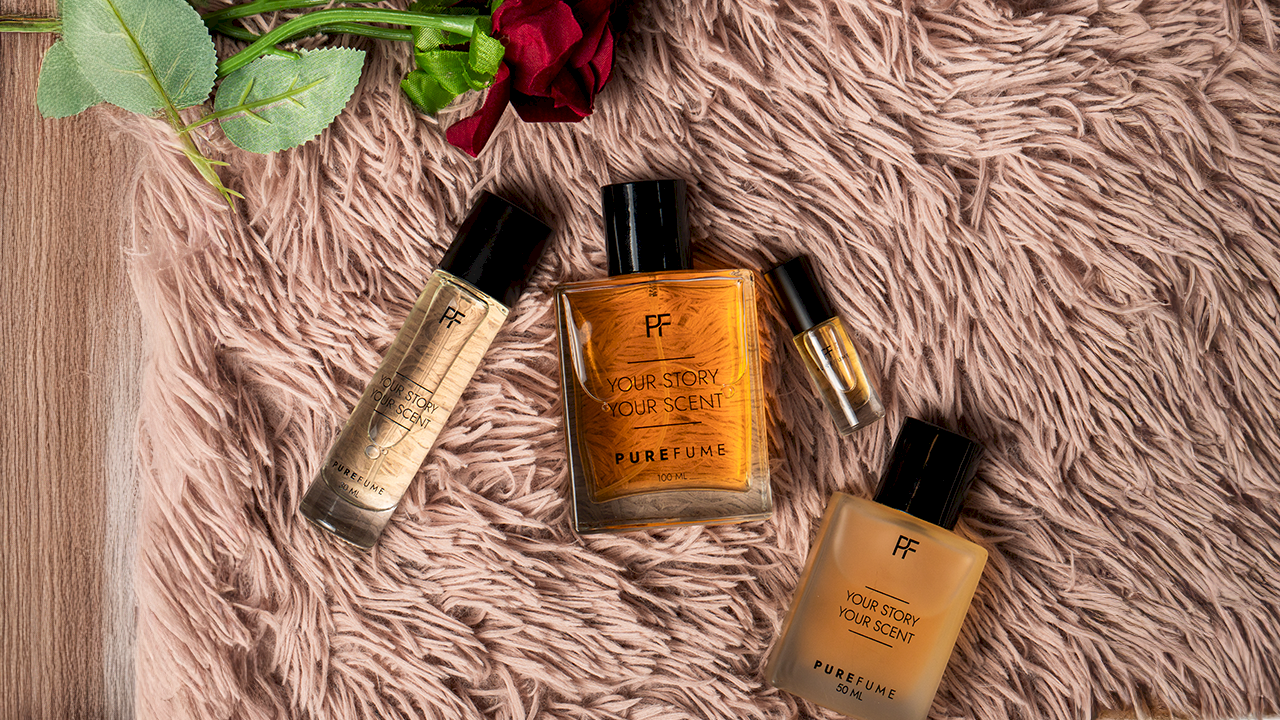

Perfume has had an extraordinary role throughout human history, captivating the attention of various civilizations with the power to create emotions, give status, and indicate spirituality. The story of pure perfume- a concentrated, unadulterated essence, which has for centuries been prized by people as the most genuine fragrance, is very appealing. The fragrance of ancient temples in Egypt or runways in modern luxury brands is an endurance symbol of elegance, innovation, and cultural significance. Let’s delve into how this timeless art form evolved to become a cornerstone of personal expression and indulgence.
The roots of pure perfume trace back to ancient Egypt, where fragrance was considered divine. Egyptians believed scents were gifts from the gods and used them in spiritual ceremonies, embalming rituals, and personal adornment. Perfumes were crafted using ingredients like myrrh, frankincense, and flower oils extracted through meticulous processes.
Beyond its religious significance, perfume was a symbol of wealth and power. The wealthy adorned themselves with aromatic oils and incense, while temples employed perfumers to create blends for offerings. One of the most legendary figures in perfumery, Cleopatra, was said to use her signature scents to enchant allies and suitors alike, reinforcing the allure of fragrance pure in Egyptian culture.
As commerce routes expanded into Greece and Rome, this art of perfumery had to be further refined. Perfumery continued to evolve there, with ingredients inspired by Egyptian practices such as adding saffron and rosemary. The Roman Empire further took the luxury of perfume with pure perfume when they added Asiatic and African imports of spices and herbs.
Perfume became synonymous with luxury during this time. Citizens of Rome used perfumed oils to bathe in, within their homes, and even wore them in their clothes. The elite class even hired perfume masters to create their individual fragrances. This shows how perfume pure was part of their lifestyle and culture at large.
Perfume use declined in Europe during the fall of the Roman Empire, but the use of perfumes increased in the Islamic world. The Middle East's scholarly and alchemists' distillation techniques became more advanced, establishing the backbone for modern perfumery. Some common raw materials that were used to create long-lasting and rich fragrances were rosewater, ambergris, and musk.
In medieval Europe, perfume was more functional, masking odors and warding off illness, according to the miasma theory of disease. Pure perfume was also used in religious ceremonies, which further reinforced its spiritual meaning.
The Renaissance era marked the revival of perfume as an art form in Europe. Italy became the epicenter of innovation, with Catherine de’ Medici introducing Italian perfumery to France during her reign. This period saw the development of alcohol-based pure perfumes, which were lighter and more versatile compared to their oil-based predecessors.
Perfumers of the time combined aromatic botanicals with scientific techniques to craft fragrances that catered to the aristocracy. The blend of luxury and science set the stage for France to emerge as the global leader in perfumery.
By the 18th century, perfume had become a part of high society in Europe. The town of Grasse became associated with fine perfumery in France. Grasse's favorable climate facilitated the growing of flowers like lavender, jasmine, and rose that formed the basis for fine pure perfumes.
Perfume houses like Guerlain, and Houbigant emerged during this era, catering to royalty and aristocrats. Perfume bottles, often made of crystal or precious metals, were works of art themselves, symbolizing the opulence of the era.
The industrial revolution transformed perfume into a more accessible commodity. Advances in chemistry led to the discovery of synthetic ingredients, which allowed perfumers to expand their creative horizons. Iconic fragrances like Guerlain’s Jicky emerged during this period, blending natural and synthetic notes to create complex, long-lasting scents.
Perfume was no longer the reserve of the elite. Middle-class consumers gained access to affordable fragrances, marking a great shift in the industry. Department stores further democratized fragrance pure, bringing it to the forefront of consumer culture.
Perfumery entered its golden age in the 20th century, with fragrance becoming as much a part of fashion, art, and identity as it had ever been. Coco Chanel popularized the perfume house with Chanel No. 5, a scent that combined aldehydes with floral notes to create an entirely new olfactory experience. Perfume houses started working with artists and designers to create scents that told stories and evoked emotions.
In recent history, celebrity endorsements and advertising campaigns took perfume to an international level. Pure perfume eventually became a definition of elegance and style by the middle of the 20th century, with small niche brands emerging to cater for various tastes.
Perfume is the richest luxury today and comes with an elevated concentration of essential oils in order to obtain its depth and richness in complexity along with longevity, drawing perfume connoisseurs through the bottles with unique tales that master perfumers build into each and every bottle.
Modern perfumery emphasizes sustainability and ethical sourcing. Brands are adopting eco-friendly practices, such as using biodegradable packaging and responsibly sourcing raw materials. The demand for clean, cruelty-free fragrances reflects a growing consumer preference for transparency in the beauty industry.
The market continues to grow concerning fragrance pure due to trends of unisex fragrances, niche fragrances, and artisanal blends. Innovation fused with tradition simply makes pure perfume an indulgence for all generations.
The history of perfume, from its sacred genesis of ages in Egypt to its finest forms nowadays in the luxury world, is one more eloquent testimony to its fascination. From being a spiritual tool to a symbol of luxury and individual expression, this has been the journey of perfume pure over centuries. Be it rare botanicals or cutting-edge synthetics, fragrance pure continues to capture with its memories, emotions, and individuality.
Wearing these timeless scents forwards would mean carrying with it the values of creativity, culture, and technique that have defined perfumery for millennia.
Explore our wide range of fragnances for you
Enjoy 10% Off Welcome Offer On Your Newsletter Sign Up :
